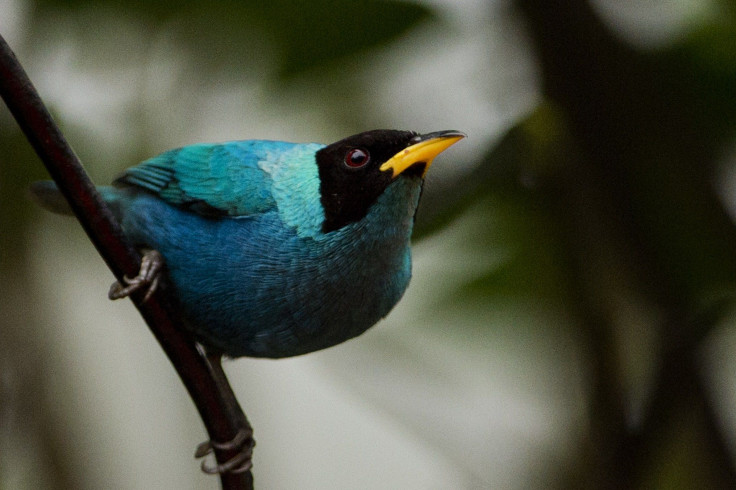Are Birds More Colorful Closer To The Equator? New Study Says Yes
KEY POINTS
- Early naturalists suspected that birds closer to the equator are more colorful
- A new study provides evidence to support the long-held belief
- Difference in diet and the need for camouflage in a vibrant habitat may explain this
Are birds closer to the equator really more colorful than the birds that are closer to the poles? A team of researchers finally found proof for this long-held theory.
The idea that tropical birds are generally more colorful than the species in more temperate climates has long been suggested, noted the researchers of a new study published Monday in Nature Ecology & Evolution. Early naturalists, including the world-renowned Charles Darwin, had wondered about the trend even in the 18th and 19th centuries, The University of Sheffield noted in a news release. However, it hasn't been quite easy to prove.
For their work, researchers had a look at the global trends in birds' "colorfulness" by analyzing a photographic data set that included information on more than 4,500 species of passerine birds, which comprise about 60% of all bird species. They used an AI program to identify the colors at 1,500 different points in the plumage of each bird, defining colorfulness as a "range of colors that are perceptually different from one another."
Indeed, when the researchers ranked the species' colorfulness and mapped their habitats, they found that the ones closer to the equator were, in fact, more colorful.
"We show that male and female birds of tropical passerine species are generally more colorful than their temperate counterparts, both on average and in the extreme," the researchers wrote. "(O)ur results reveal that species' colorfulness peaks in the tropics for passerine birds, confirming the existence of a long-suspected yet hitherto elusive trend in the distribution of global biodiversity."
As for why this is the case, British naturalist Alfred Russel Wallace had suggested that it could have something to do with the vegetation, according to AP News. For instance, the colors of tropical birds could act as camouflage against the "luxuriant" vegetation in the area, while the birds in the north have had to adapt their coloration to the bare trees and snow in the winter.
Study lead investigator, Christopher Cooney of the University of Sheffield, told the outlet that the findings may support the idea, as they found that the highest colorfulness was among the birds in "dense, closed forest habitats." Another possible explanation would also be the differences in the birds' diets as well as the need to "distinguish themselves from others."
"This work reveals the broad pattern that bird species tend to be 30 per cent more colourful towards the equator and identifies some general explanations for why this pattern might occur," Cooney said, as per the university news release.
"This is exciting because it helps us to better understand the factors promoting and maintaining biodiversity at global scales. However, these broad-scale associations with species' habitat and dietary differences can only tell us so much and there is much more to be learnt about the precise ecological and evolutionary factors promoting increased colorfulness in tropical species," he added.

© Copyright IBTimes 2025. All rights reserved.






















